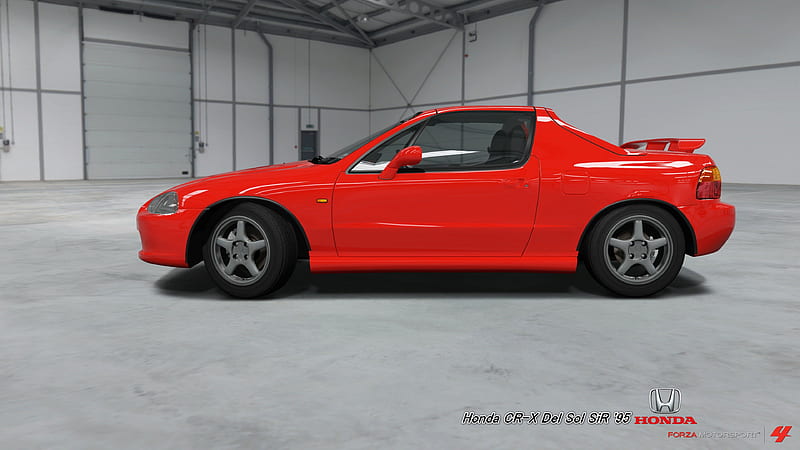1991 Honda Civic EF9 Restoration by Mikchey – Full Review
I recently came across a YouTube channel run by a content creator named Mikchey (at least, that’s the name of the channel), where he takes on the full restoration of a 1991 Honda Civic EF9 in a faded blue color.
The car was in pretty rough shape — abandoned for 13 years, with visible rust, dents, and missing parts. The wheels were mismatched, and the overall condition made it look like a lost cause at first glance. However, some cool details stood out: a sporty aftermarket steering wheel and seats, along with additional roll bars for safety.
Opening the trunk revealed a pile of trash and signs of long neglect. But things took a turn when Mikchey popped the hood — the car was equipped with a B16A VTEC engine, a true gem for JDM enthusiasts. It even had an aftermarket intake, which Mikchey promptly replaced as part of the restoration.
He started by removing the fuel tank for a complete cleaning and restoration. He replaced valves, cleaned, and repainted the tank. Then came the braking system — disassembled, sanded down, and painted.
Next up was the cooling system. He checked all the hoses and connections, replacing whatever was worn or damaged.
Once that was done, Mikchey opened the top of the engine to inspect it and carried out a timing belt replacement, tests, and adjustments — bringing that legendary B16A back to reliable running condition.
With the mechanical side in order, he moved on to the exterior. Starting with the front bumper, he removed and sanded most of the body panels. The hood had to be replaced due to extreme rust. He then prepped the body for paint — primer first, followed by sanding to ensure a smooth finish. The new color? White — clean and classic.
While working on the exterior, he restored the headlights and taillights with polishing and deep cleaning. He also blacked out the front grille and swapped the bulbs for LED units.
To give the Civic the JDM style it deserves, Mikchey added a rear spoiler and installed hood pins. Once everything was assembled, he fired up the engine and let that VTEC growl.
Inside, he removed rust spots, sanded everything down, and painted the cabin white for a clean look. He didn’t stop there — a white roll cage and anti-roll bars were added, giving the car serious track-day potential.
He upgraded the front brakes and tackled the entire exhaust system. The wiring was sorted out, interior lights fixed, and a modern radio unit installed.
A new suspension setup was also added to match the performance upgrades. For that final touch, Mikchey painted the valve cover red, and — in a surprising twist — painted the roof red, giving the car a white-on-red two-tone look. With some racing-style decals, the Civic now looks like a proper GT track car.
The video wraps up with a powerful before-and-after comparison, some test drives, and even a few drifts — showcasing the transformation from a rust bucket to a clean, aggressive, track-ready JDM machine.
Watch the full video:
Final Thoughts
This build is absolutely worth the watch. Mikchey brought this Civic EF9 back from the dead and turned it into something truly unique, stylish, and performance-ready. It’s the kind of car that will turn heads anywhere it goes — a true tribute to the JDM spirit.
Did you like it? Now you can share your story by clicking here.


.png)









%2009.53.10_fda9f25c.jpg)


%2009.50.35_7634b1ee.jpg)

%2009.49.39_7676c567.jpg)







